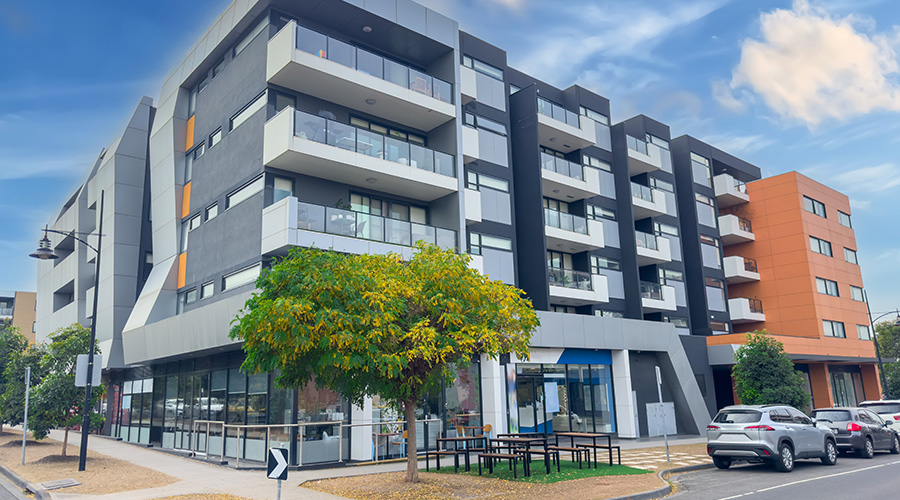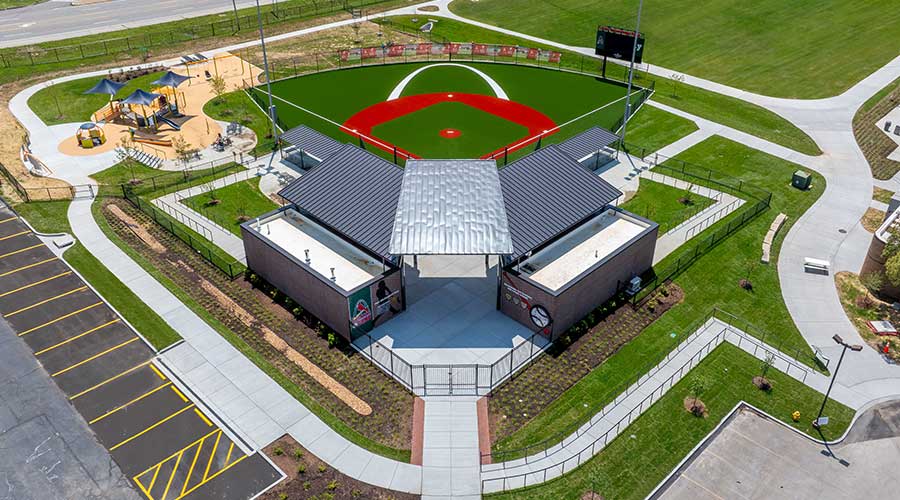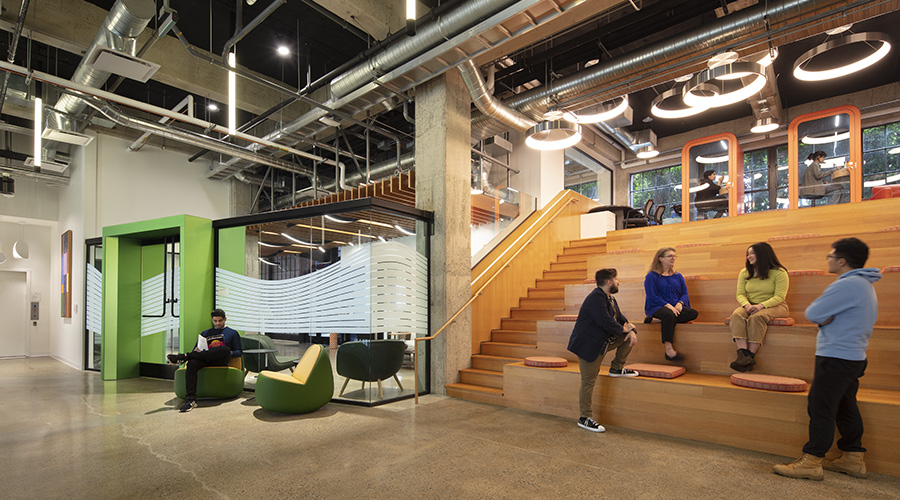Forever Changed: The Pandemic's True Influence on Buildings
COVID-19 has permanently altered the workplace, in some ways for the better.
Entering a new year with the coronavirus pandemic, facility managers have distilled best practices for health and safety from the hard-learned lessons of 2020. All kinds of buildings, from offices to hospitals to universities, have been radically changed to accommodate new ways of both doing business and providing a safe workplace. Before the pandemic, building managers were most interested in keeping costs down while delivering comfort to building occupants. Now, they are keen on ensuring cleanliness and safety, and alleviating people’s fear and anxiety about returning to work.
HVAC front and center
Air-handling and HVAC systems are a primary area where improvements are being made. Facility managers are following the guidelines issued by the U.S. Centers for Disease Control and Prevention (CDC) and ASHRAE in retooling HVAC systems, which include doubling the amount of outside air coming into a building, according to Peter Strazdas, associate vice president of facilities management at Western Michigan University. Such practices cost more money, since a facility will then need to spend more on air conditioning in the summer and heat in the winter. “It’s cold outside in southwest Michigan,” Strazdas says, “so we are using a lot more energy to heat buildings. We are increasing outside fresh air in spaces and will do so through the pandemic.” Strazdas makes sure filters are replaced regularly, which means people have to “suit up with gloves and masks to take out filters,” he says. “Employees are concerned about touching these filters and disposing of them.” Of course, they are concerned about what is on the filters, so the university must provide them with sufficient PPE.
In data centers, which were recently named critical infrastructure by the CDC, HVAC is less of an issue. Buildings housing computer systems are very clean environments to begin with, says Chris Wade, a data center operations manager and industry veteran. “The air that comes in goes back out; there is no recirculating,” says Wade. Data centers already use high efficiency filters, and a lot of sites use UV lighting. “HVACs in the data center are much cleaner [historically] than those in office buildings,” Wade says. “You need really good filtering systems because you can’t get the dust and dirt particles in air going to the servers.”
A strategy gaining ground is the use of bipolar ionization. These units “positively charge air molecules and deliver them into the stream of air that goes out into the workspace and works up to a minute,” says Scott Wollenzien, senior director of facilities at Northwestern Mutual. The positive ions attach themselves to negatively charged ions and can then break down viruses, bacteria, or mold, he says. Wollenzien’s company is also doubling the amount of air coming into the building, deploying MERV 13 filters, and using UV lighting in certain areas.
Derrick Johnson, senior vice president of property management at Zeller, explained that his company’s best practices are based on CDC guidelines, which recommend “purging of air and the additional cycling of outdoor air through our buildings” and installing high-performance filters. Zeller has also reviewed products “that add ions, hydrogen peroxide droplets, etc. to the air, and we have found that there is not enough long-term research to confirm that these products will not do as much harm as they will good,” Johnson says. “Only time will tell, and we continue to complete our due diligence.”
The changes in HVAC and air-handling systems will become permanent in most buildings, Wollenzein says. “I think that is a good thing. Because of the amount of time people spend at work, you want the indoor air quality to be as good as it can be.” By layering on air filtration, with UV lighting and now ionization technology, Wollenzein says building managers can more easily deter the growth of mold and bacteria that might be floating in the air.
Cleaner than ever
Cleaning protocols in buildings have radically changed, and these best practices will become standard even after coronavirus is in society’s rearview mirror. For example, C&W Services has adjusted its cleaning routines based on CDC and OSHA guidance.
“Like all of us, we have been learning as new information and research has been told to us about this particular virus,” says Paul Bedborough, chief executive of C&W Services. Before, high-touch surfaces, such as elevator buttons, door handles, and areas in restrooms would be cleaned once per day and at night. “Now we are seeing high touch being done frequently and visibly in the daytime,” Bedborough says. The reasons for this highly visible cleaning are to help stop the spread of the virus, and to reassure people and make them feel more safe.
Cleaning materials have also been improved. Cleaning staff are using electrostatic sprayers and foggers and EPA-approved chemicals.
“We recommend electrostatic sprayers as best practice,” says Bedborough, “because they are most efficient in deploying chemicals to an area, far better than an employee spraying with a hand-held bottle.” Used in conjunction with this type of cleaning is “antimicrobial surface protectants used in hospital environments,” which have the highest kill rate of anything on a surface and retain their effectiveness for a period of time.
Disinfecting has also been added to the cleaning regimen, a technique that previously was applied on request, but now is being recommended by C&W and becoming part of the normal cleaning protocol. Since janitorial staff are using new chemicals and new dispersers to perform deep cleaning, they must get special training and PPE, Bedborough says.
Strazdas says that his university has been using aqueous ozone to clean surfaces for the last four years. The university began using this technology to avoid flu outbreaks and has found it very effective. The cleaning crew also use antimicrobial products, commonly used in the surgical rooms of hospitals, on horizontal surfaces.
Related Topics:














